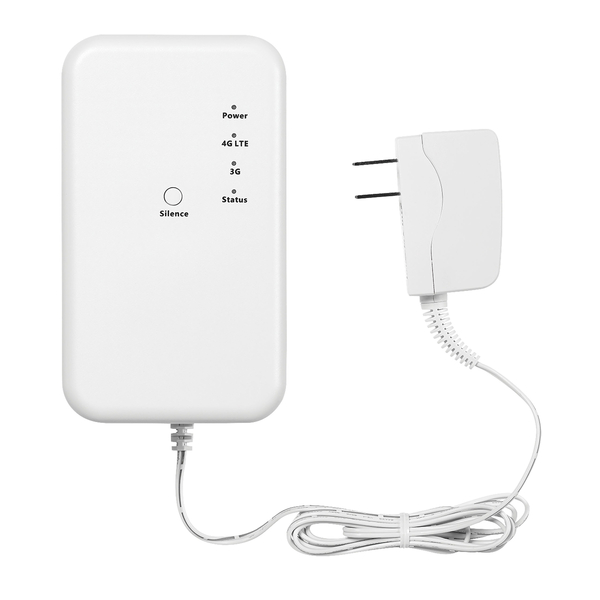Happy Thanksgiving 2025 From Alarm Grid!
Posted By Julia RossThanksgiving is here once again! The Alarm Grid offices will be closed on Thursday, November 27th, so our team can enjoy time with their families. Our office will be open and back to normal hours on Friday, November 28th, at 9:00 AM EST. Despite our office being closed, central station monitoring will be handled as it always is; quickly and professionally.
Monitoring Station Contact Information
Even though our office is closed, your security system keeps working around the clock. Our central station partners at Criticom Monitoring Services (CMS) and Rapid Response will be monitoring systems and responding to alarms all day Thursday. We appreciate their professionalism and commitment to keeping our customers safe.
If you need to contact the monitoring station during the holiday to report a false alarm or put your system on test mode, here's who to call:
US Customers: Call CMS at (888) 818-7728 and press Option [9]. Have your name, address, and false alarm password handy when the operator picks up.
Canadian Customers: Call Rapid Response at (800) 932-3822 with your name, address, and false alarm password ready.
Quick heads-up: Make sure you give them the correct information. If you accidentally provide an incorrect password or your Duress password instead of your false alarm password, they'll dispatch help. Because that's exactly what the Duress password is designed to do.
For Technical Support - Email Us Instead
Here's something important: the monitoring station only handles alarms and emergencies. They can't help with technical issues, programming questions, or changes to your account settings like zone names or contact lists.
For anything like that, shoot us an email at support@alarmgrid.com. We'll get back to you as soon as we're back in the office. The holidays sometimes create a bit of a backlog, so thanks in advance for your patience when we return!
Thanksgiving Safety Tips
If you're traveling for Thanksgiving, please be sure to arm your system before you hit the road. Also, double-check that you know your false alarm password before you leave. Nothing says "happy holidays!" quite like realizing you can't remember your false alarm password while you're three hours, or even three states away.
If you're cooking this year, kitchen smoke and steam are notorious for setting off smoke detectors. If yours is connected to your alarm system and it goes off, just silence it quickly. For all-in-one panels like the IQ Panel 4 or PROA7PLUS, you'll see a prompt on the screen asking for your disarm code. For older VISTA systems, just enter your User Code and press 1 (Off), exactly like you're disarming the system.
The monitoring station will call you when a smoke alarm goes off. If it's just your burning turkey setting off the detector (we've all been there), let them know and give them your false alarm password. They'll ask some questions to make sure everything's okay, and you can decide together whether the fire department really needs to stop by.
Important: Carbon Monoxide Alarms
If your carbon monoxide (CO) detector goes off, get everyone out of the house immediately. Carbon monoxide is completely invisible and odorless, and it's dangerous - especially for little ones, like kids and pets.
The monitoring station is required to send help on CO alarms no matter what. Even if you call them and say you're fine, they're still dispatching the fire department. It's for your safety. The fire department has special equipment to detect carbon monoxide and make sure your home is safe to re-enter.
Happy Thanksgiving!
Thank you for choosing Alarm Grid. Whether you're hosting, traveling, staying home for a quiet day, or working through the holiday, we hope your Thanksgiving is exactly what you want it to be. May your turkey be moist, your family drama be minimal, and your smoke detectors stay silent!







